IO流:字节流、字符流、缓冲流(超详细)
一、字节流
1 一切皆为字节
一切文件数据(文本、图片、视频等)在存储时,都是以二进制数字的形式保存,都一个一个的字节,那么传输时一样如此。所以,字节流可以传输任意文件数据。在操作流的时候,我们要时刻明确,无论使用什么样的流对象,底层传输的始终为二进制数据。
2 字节输出流【OutputStream】
java.io.OutputStream抽象类是表示字节输出流的所有类的超类,将指定的字节信息写出到目的地。它定义了字节输出流的基本共性功能方法。
public void close():关闭此输出流并释放与此流相关联的任何系统资源。public void flush():刷新此输出流并强制任何缓冲的输出字节被写出。public void write(byte[] b):将 b.length字节从指定的字节数组写入此输出流。public void write(byte[] b, int off, int len):从指定的字节数组写入 len字节,从偏移量 off开始输出到此输出流。public abstract void write(int b):将指定的字节输出流。小贴士:
close方法,当完成流的操作时,必须调用此方法,释放系统资源。
3 FileOutputStream类
java.io.FileOutputStream类是文件输出流,用于将数据写出到文件。
构造方法
public FileOutputStream(File file):创建文件输出流以写入由指定的 File对象表示的文件。public FileOutputStream(String name): 创建文件输出流以指定的名称写入文件。
当你创建一个流对象时,必须传入一个文件路径。该路径下,如果没有这个文件,会创建该文件。如果有这个文件,会清空这个文件的数据。
- 构造举例,代码如下:
public class FileOutputStreamConstructor throws IOException {public static void main(String[] args) {// 使用File对象创建流对象File file = new File("a.txt");FileOutputStream fos = new FileOutputStream(file);// 使用文件名称创建流对象FileOutputStream fos = new FileOutputStream("b.txt");}}
写出字节数据
- 写出字节:
write(int b)方法,每次可以写出一个字节数据,代码使用演示:
public class FOSWrite {public static void main(String[] args) throws IOException {// 使用文件名称创建流对象FileOutputStream fos = new FileOutputStream("fos.txt");// 写出数据fos.write(97); // 写出第1个字节fos.write(98); // 写出第2个字节fos.write(99); // 写出第3个字节// 关闭资源fos.close();}}输出结果:abc小贴士:
- 虽然参数为int类型四个字节,但是只会保留一个字节的信息写出。
- 流操作完毕后,必须释放系统资源,调用close方法,千万记得。
- 写出字节数组:
write(byte[] b),每次可以写出数组中的数据,代码使用演示:
public class FOSWrite {public static void main(String[] args) throws IOException {// 使用文件名称创建流对象FileOutputStream fos = new FileOutputStream("fos.txt");// 字符串转换为字节数组byte[] b = "清华大学".getBytes();// 写出字节数组数据fos.write(b);// 关闭资源fos.close();}}输出结果:清华大学
- 写出指定长度字节数组:
write(byte[] b, int off, int len),每次写出从off索引开始,len个字节,代码使用演示:
public class FOSWrite {public static void main(String[] args) throws IOException {// 使用文件名称创建流对象FileOutputStream fos = new FileOutputStream("fos.txt");// 字符串转换为字节数组byte[] b = "abcde".getBytes();// 写出从索引2开始,2个字节。索引2是c,两个字节,也就是cd。fos.write(b,2,2);// 关闭资源fos.close();}}输出结果:cd
数据追加续写
经过以上的演示,每次程序运行,创建输出流对象,都会清空目标文件中的数据。如何保留目标文件中数据,还能继续添加新数据呢?
public FileOutputStream(File file, boolean append): 创建文件输出流以写入由指定的 File对象表示的文件。public FileOutputStream(String name, boolean append): 创建文件输出流以指定的名称写入文件。
这两个构造方法,参数中都需要传入一个boolean类型的值,true 表示追加数据,false 表示清空原有数据。这样创建的输出流对象,就可以指定是否追加续写了,代码使用演示:
public class FOSWrite {public static void main(String[] args) throws IOException {// 使用文件名称创建流对象FileOutputStream fos = new FileOutputStream("fos.txt",true);// 字符串转换为字节数组byte[] b = "abcde".getBytes();// 写出从索引2开始,2个字节。索引2是c,两个字节,也就是cd。fos.write(b);// 关闭资源fos.close();}}文件操作前:cd文件操作后:cdabcde
写出换行
Windows系统里,换行符号是\r\n 。把
以指定是否追加续写了,代码使用演示:
public class FOSWrite {public static void main(String[] args) throws IOException {// 使用文件名称创建流对象FileOutputStream fos = new FileOutputStream("fos.txt");// 定义字节数组byte[] words = {97,98,99,100,101};// 遍历数组for (int i = 0; i < words.length; i++) {// 写出一个字节fos.write(words[i]);// 写出一个换行, 换行符号转成数组写出fos.write("\r\n".getBytes());}// 关闭资源fos.close();}}输出结果:abcde
回车符
\r和换行符\n:
- 回车符:回到一行的开头(return)。
- 换行符:下一行(newline)。
系统中的换行:
- Windows系统里,每行结尾是
回车+换行,即\r\n;- Unix系统里,每行结尾只有
换行,即\n;- Mac系统里,每行结尾是
回车,即\r。从 Mac OS X开始与Linux统一。
4 字节输入流【InputStream】
java.io.InputStream抽象类是表示字节输入流的所有类的超类,可以读取字节信息到内存中。它定义了字节输入流的基本共性功能方法。
public void close():关闭此输入流并释放与此流相关联的任何系统资源。public abstract int read(): 从输入流读取数据的下一个字节。public int read(byte[] b): 从输入流中读取一些字节数,并将它们存储到字节数组 b中 。小贴士:
close方法,当完成流的操作时,必须调用此方法,释放系统资源。
5 FileInputStream类
java.io.FileInputStream类是文件输入流,从文件中读取字节。
构造方法
FileInputStream(File file): 通过打开与实际文件的连接来创建一个 FileInputStream ,该文件由文件系统中的 File对象 file命名。FileInputStream(String name): 通过打开与实际文件的连接来创建一个 FileInputStream ,该文件由文件系统中的路径名 name命名。
当你创建一个流对象时,必须传入一个文件路径。该路径下,如果没有该文件,会抛出FileNotFoundException 。
- 构造举例,代码如下:
public class FileInputStreamConstructor throws IOException{public static void main(String[] args) {// 使用File对象创建流对象File file = new File("a.txt");FileInputStream fos = new FileInputStream(file);// 使用文件名称创建流对象FileInputStream fos = new FileInputStream("b.txt");}}
读取字节数据
- 读取字节:
read方法,每次可以读取一个字节的数据,提升为int类型,读取到文件末尾,返回-1,代码使用演示:
public class FISRead {public static void main(String[] args) throws IOException{// 使用文件名称创建流对象FileInputStream fis = new FileInputStream("read.txt");// 读取数据,返回一个字节int read = fis.read();System.out.println((char) read);read = fis.read();System.out.println((char) read);read = fis.read();System.out.println((char) read);read = fis.read();System.out.println((char) read);read = fis.read();System.out.println((char) read);// 读取到末尾,返回-1read = fis.read();System.out.println( read);// 关闭资源fis.close();}}输出结果:abcde-1
循环改进读取方式,代码使用演示:
public class FISRead {public static void main(String[] args) throws IOException{// 使用文件名称创建流对象FileInputStream fis = new FileInputStream("read.txt");// 定义变量,保存数据int b ;// 循环读取while ((b = fis.read())!=-1) {System.out.println((char)b);}// 关闭资源fis.close();}}输出结果:abcde小贴士:
- 虽然读取了一个字节,但是会自动提升为int类型。
- 流操作完毕后,必须释放系统资源,调用close方法,千万记得。
- 使用字节数组读取:
read(byte[] b),每次读取b的长度个字节到数组中,返回读取到的有效字节个数,读取到末尾时,返回-1,代码使用演示:
public class FISRead {public static void main(String[] args) throws IOException{// 使用文件名称创建流对象.FileInputStream fis = new FileInputStream("read.txt"); // 文件中为abcde// 定义变量,作为有效个数int len ;// 定义字节数组,作为装字节数据的容器byte[] b = new byte[2];// 循环读取while (( len= fis.read(b))!=-1) {// 每次读取后,把数组变成字符串打印System.out.println(new String(b));}// 关闭资源fis.close();}}输出结果:abcded
错误数据d,是由于最后一次读取时,只读取一个字节e,数组中,上次读取的数据没有被完全替换,所以要通过len ,获取有效的字节,代码使用演示:
public class FISRead {public static void main(String[] args) throws IOException{// 使用文件名称创建流对象.FileInputStream fis = new FileInputStream("read.txt"); // 文件中为abcde// 定义变量,作为有效个数int len ;// 定义字节数组,作为装字节数据的容器byte[] b = new byte[2];// 循环读取while (( len= fis.read(b))!=-1) {// 每次读取后,把数组的有效字节部分,变成字符串打印System.out.println(new String(b,0,len));// len 每次读取的有效字节个数}// 关闭资源fis.close();}}输出结果:abcde小贴士:
使用数组读取,每次读取多个字节,减少了系统间的IO操作次数,从而提高了读写的效率,建议开发中使用。
二、字符流
当使用字节流读取文本文件时,可能会有一个小问题。就是遇到中文字符时,可能不会显示完整的字符,那是因为一个中文字符可能占用多个字节存储。所以Java提供一些字符流类,以字符为单位读写数据,专门用于处理文本文件。
1 字符输入流【Reader】
java.io.Reader抽象类是表示用于读取字符流的所有类的超类,可以读取字符信息到内存中。它定义了字符输入流的基本共性功能方法。
public void close():关闭此流并释放与此流相关联的任何系统资源。public int read(): 从输入流读取一个字符。public int read(char[] cbuf): 从输入流中读取一些字符,并将它们存储到字符数组 cbuf中 。
2 FileReader类
java.io.FileReader类是读取字符文件的便利类。构造时使用系统默认的字符编码和默认字节缓冲区。
小贴士:
字符编码:字节与字符的对应规则。Windows系统的中文编码默认是GBK编码表。
idea中UTF-8
- 字节缓冲区:一个字节数组,用来临时存储字节数据。
构造方法
FileReader(File file): 创建一个新的 FileReader ,给定要读取的File对象。FileReader(String fileName): 创建一个新的 FileReader ,给定要读取的文件的名称。当你创建一个流对象时,必须传入一个文件路径。类似于FileInputStream 。
- 构造举例,代码如下:
public class FileReaderConstructor throws IOException{public static void main(String[] args) {// 使用File对象创建流对象File file = new File("a.txt");FileReader fr = new FileReader(file);// 使用文件名称创建流对象FileReader fr = new FileReader("b.txt");}}
读取字符数据
- 读取字符:
read方法,每次可以读取一个字符的数据,提升为int类型,读取到文件末尾,返回-1,循环读取,代码使用演示:
public class FRRead {public static void main(String[] args) throws IOException {// 使用文件名称创建流对象FileReader fr = new FileReader("read.txt");// 定义变量,保存数据int b ;// 循环读取while ((b = fr.read())!=-1) {System.out.println((char)b);}// 关闭资源fr.close();}}输出结果:清华大学小贴士:虽然读取了一个字符,但是会自动提升为int类型。
- 使用字符数组读取:
read(char[] cbuf),每次读取b的长度个字符到数组中,返回读取到的有效字符个数,读取到末尾时,返回-1,代码使用演示:
public class FRRead {public static void main(String[] args) throws IOException {// 使用文件名称创建流对象FileReader fr = new FileReader("read.txt");// 定义变量,保存有效字符个数int len ;// 定义字符数组,作为装字符数据的容器char[] cbuf = new char[2];// 循环读取while ((len = fr.read(cbuf))!=-1) {System.out.println(new String(cbuf));}// 关闭资源fr.close();}}
获取有效的字符改进,代码使用演示:
public class FISRead {public static void main(String[] args) throws IOException {// 使用文件名称创建流对象FileReader fr = new FileReader("read.txt");// 定义变量,保存有效字符个数int len ;// 定义字符数组,作为装字符数据的容器char[] cbuf = new char[2];// 循环读取while ((len = fr.read(cbuf))!=-1) {System.out.println(new String(cbuf,0,len));}// 关闭资源fr.close();}}
3 字符输出流【Writer】
java.io.Writer抽象类是表示用于写出字符流的所有类的超类,将指定的字符信息写出到目的地。它定义了字节输出流的基本共性功能方法。
void write(int c)写入单个字符。void write(char[] cbuf)写入字符数组。abstract void write(char[] cbuf, int off, int len)写入字符数组的某一部分,off数组的开始索引,len写的字符个数。void write(String str)写入字符串。void write(String str, int off, int len)写入字符串的某一部分,off字符串的开始索引,len写的字符个数。void flush()刷新该流的缓冲。void close()关闭此流,但要先刷新它。
4 FileWriter类
java.io.FileWriter类是写出字符到文件的便利类。构造时使用系统默认的字符编码和默认字节缓冲区。
构造方法
FileWriter(File file): 创建一个新的 FileWriter,给定要读取的File对象。FileWriter(String fileName): 创建一个新的 FileWriter,给定要读取的文件的名称。
当你创建一个流对象时,必须传入一个文件路径,类似于FileOutputStream。
- 构造举例,代码如下:
public class FileWriterConstructor {public static void main(String[] args) throws IOException {// 使用File对象创建流对象File file = new File("a.txt");FileWriter fw = new FileWriter(file);// 使用文件名称创建流对象FileWriter fw = new FileWriter("b.txt");}}
基本写出数据
写出字符:write(int b) 方法,每次可以写出一个字符数据,代码使用演示:
public class FWWrite {public static void main(String[] args) throws IOException {// 使用文件名称创建流对象FileWriter fw = new FileWriter("fw.txt");// 写出数据fw.write(97); // 写出第1个字符fw.write('b'); // 写出第2个字符fw.write('C'); // 写出第3个字符fw.write(30000); // 写出第4个字符,中文编码表中30000对应一个汉字。/*【注意】关闭资源时,与FileOutputStream不同。如果不关闭,数据只是保存到缓冲区,并未保存到文件。*/// fw.close();}}输出结果:abC田小贴士:
- 虽然参数为int类型四个字节,但是只会保留一个字符的信息写出。
- 未调用close方法,数据只是保存到了缓冲区,并未写出到文件中。
关闭和刷新
因为内置缓冲区的原因,如果不关闭输出流,无法写出字符到文件中。但是关闭的流对象,是无法继续写出数据的。如果我们既想写出数据,又想继续使用流,就需要flush 方法了。
flush:刷新缓冲区,流对象可以继续使用。close:先刷新缓冲区,然后通知系统释放资源。流对象不可以再被使用了。
代码使用演示:
public class FWWrite {public static void main(String[] args) throws IOException {// 使用文件名称创建流对象FileWriter fw = new FileWriter("fw.txt");// 写出数据,通过flushfw.write('刷'); // 写出第1个字符fw.flush();fw.write('新'); // 继续写出第2个字符,写出成功fw.flush();// 写出数据,通过closefw.write('关'); // 写出第1个字符fw.close();fw.write('闭'); // 继续写出第2个字符,【报错】java.io.IOException: Stream closedfw.close();}}小贴士:即便是flush方法写出了数据,操作的最后还是要调用close方法,释放系统资源。
三、缓冲流
1、缓冲流,也叫高效流,是对4个基本的 FileXxx 流的增强,所以也是4个流;
分类:
字节缓冲流: BufferedInputStream , BufferedOutputStream
字符缓冲流: BufferedReader , BufferedWriter
基本原理:
是在创建流对象时,会创建一个内置的默认大小的缓冲区数组,通过缓冲区读写,减少系统IO次数,从而提高读写的效率
2、字节缓冲流【BufferedInputStream】【BufferedOutputStream】 构造方法:
public BufferedInputStream(InputStream in) : 创建一个 新的缓冲输入流。
public BufferedOutputStream(OutputStream out) : 创建一个新的缓冲输出流。
缓存流的速度比基本的流对象的传输速度快了很多;
3、字符缓冲流【BufferedReader】【BufferedWriter】 构造方法:
public BufferedReader(Reader in) :创建一个 新的缓冲输入流。
public BufferedWriter(Writer out) : 创建一个新的缓冲输出流。
特有的方法:
BufferedReader: public String readLine() : 读一行文字。
BufferedWriter: public void newLine() : 写一行行分隔符,(也就是换行)。


























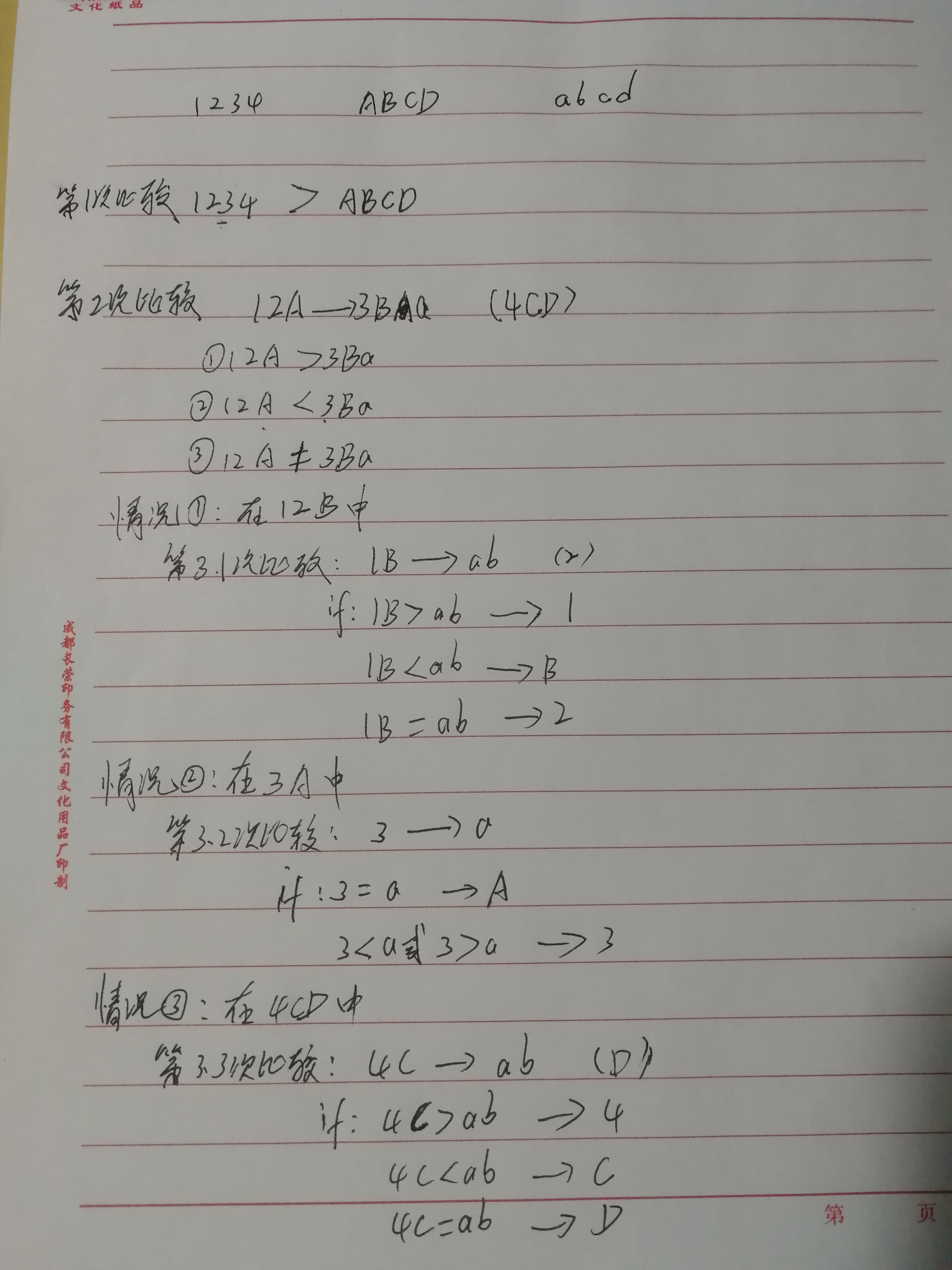
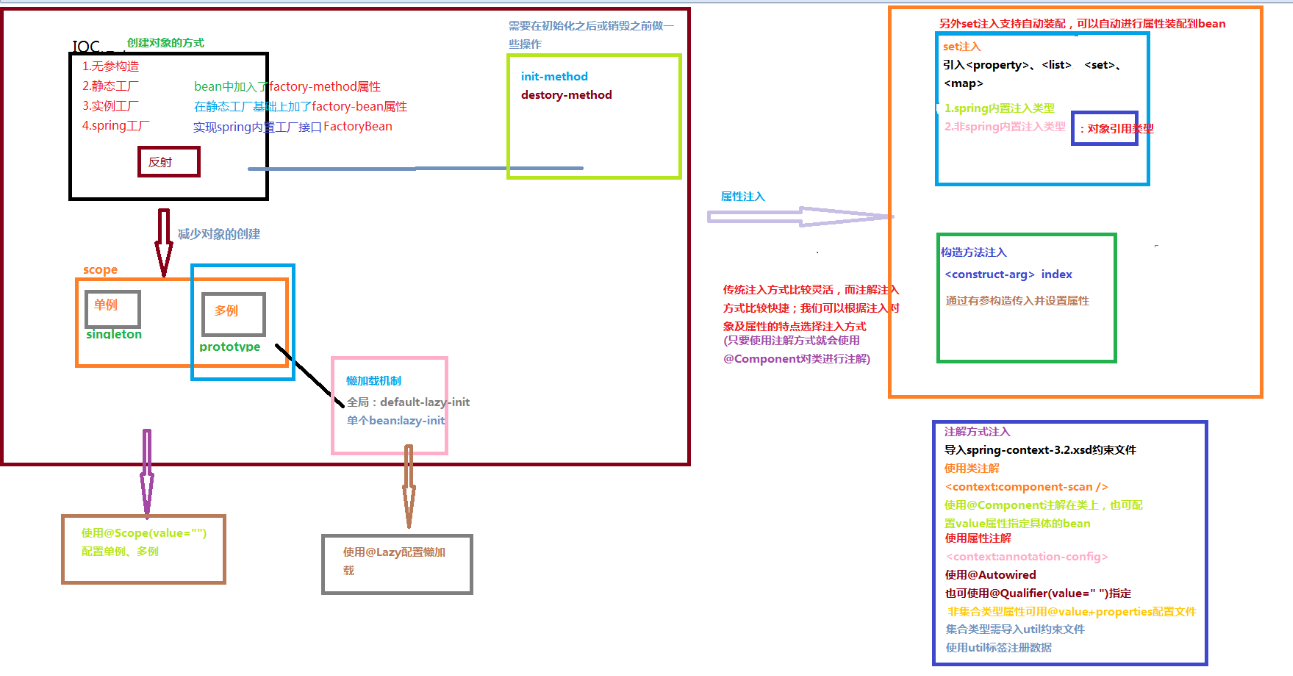
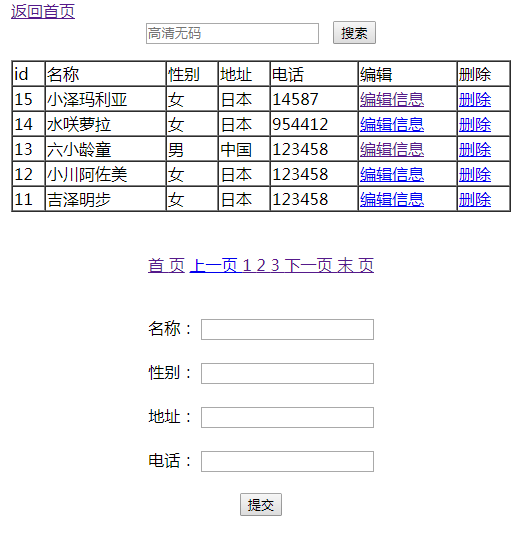
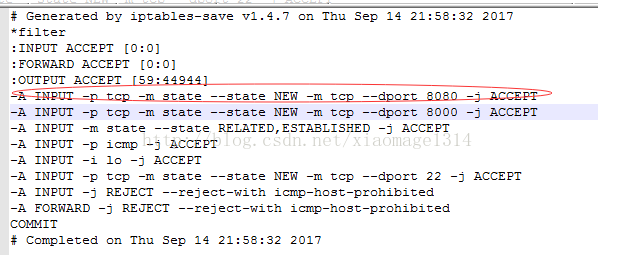
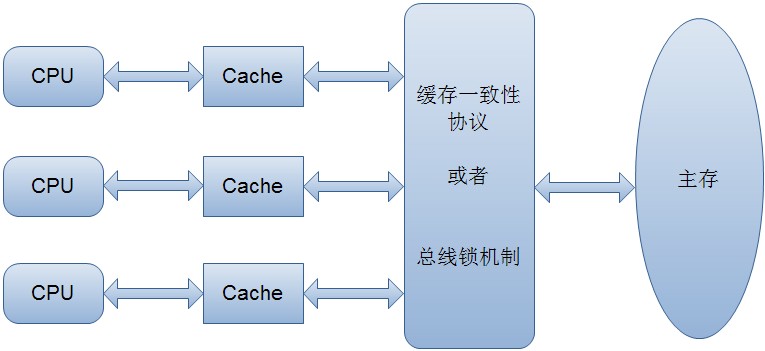
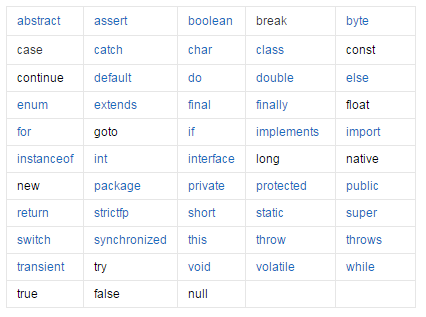



还没有评论,来说两句吧...